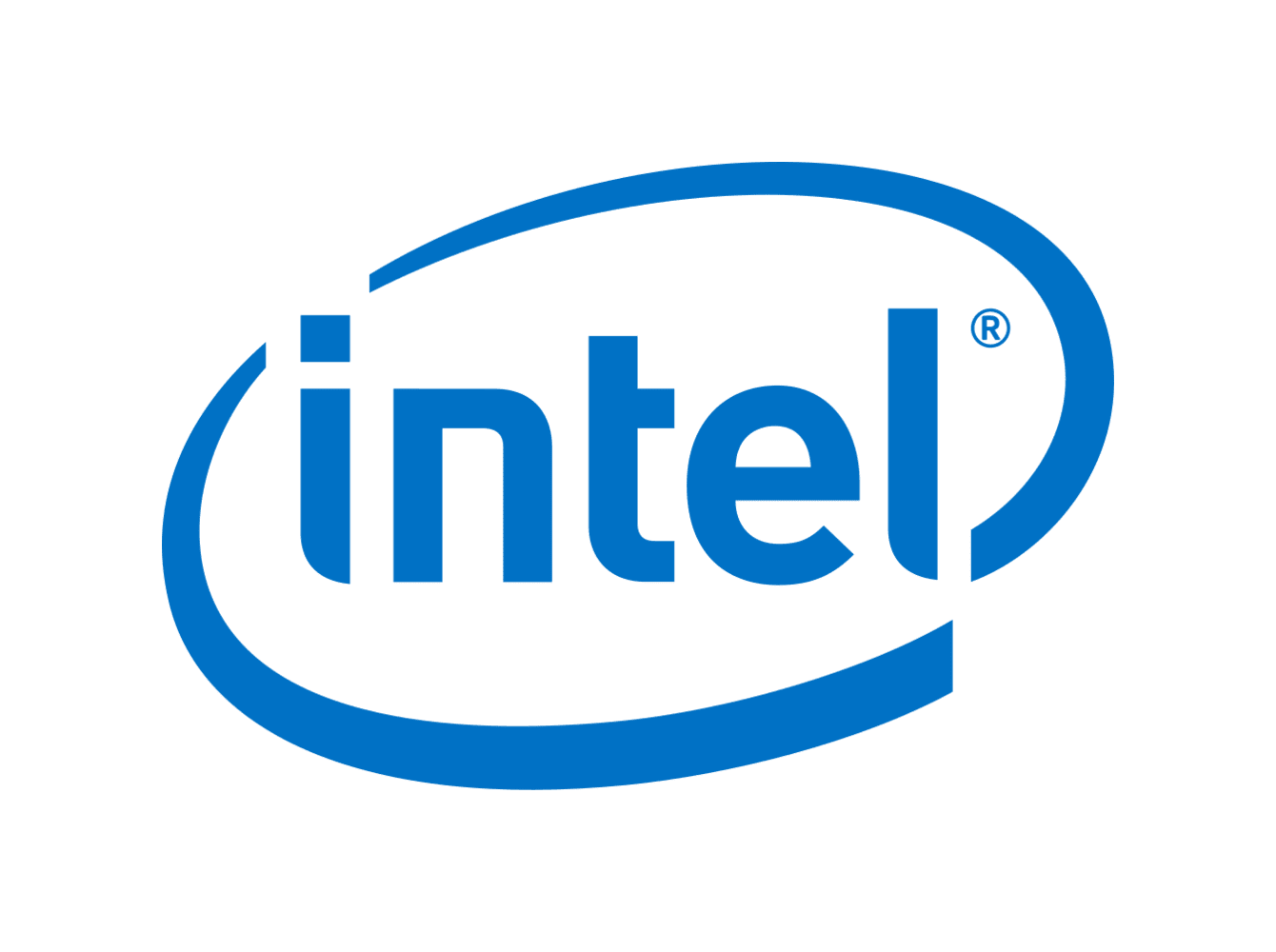So I saw an Intel slide talking about their plan to hit Intel 3, 20 angstrom, and 18 angstrom within the span of a year 🤣
Perhaps I am missing something, but how is this possible?
Intel 4 is already in high volume, Intel 3 is Intel 4 with process tweaks and extra libraries so that should be doable. They will both run in the same fabs.
Intel 20A has been pulled in from 2025 to 2024 and I’d imagine Intel 18A is Intel 20A with process tweaks so not going to need new fabs or anything like that.
Intel 18A got pulled in from 2025 to 2024
It’s really 2 nodes with both 4 & 20A having limited libraries and being used as a sort of pilot program.
They were being worked on in parallel, not sequentially and have been in some sort of development (path finding, process refinement, etc) for probably 5 years at this point.
intel used to only rebrand their large node updates.
now that TSMC has popularized branding every single node change they make (N5, N5P, N5HPC, N4, N4P, N4X are all variants of N5) and intel is trying to build a foundry business, they’re branding updates to their nodes too instead of just adding pluses. So in the past intel 3 would be intel 4+, intel 18a would be intel 20a+ etc.
They’re also burning through cash to get them out sooner due to how delayed intel 10nm was. According to their fab director they got a “blank check” to get their fabs back on competitive pace.
Tbh I don’t even think Intel 20A is going to be a large density jump over Intel 3 either. Perhaps in SRAM specifically.
I think is is right, if I have the external marketing names straight. Intel 3 is the refined version of the Intel 4 process with more IP options for foundry customers, likewise 18A is the foundry version of 20A, which is the first Gate All Around node.
It’s well known in the industry that process yields go up over time - while I don’t have numbers, I would hazard a guess that foundry customers demand higher yields than internal customers; see Samsung’s woes with their current GAA node for an example. Early versions of a tech node may or may not initially be profitable, but it’s silly not to sell the good die which are generated in the course of ramping the yields to target levels. New tech also commands a premium which diminishes as competitors catch up.
Marketing! :-)

